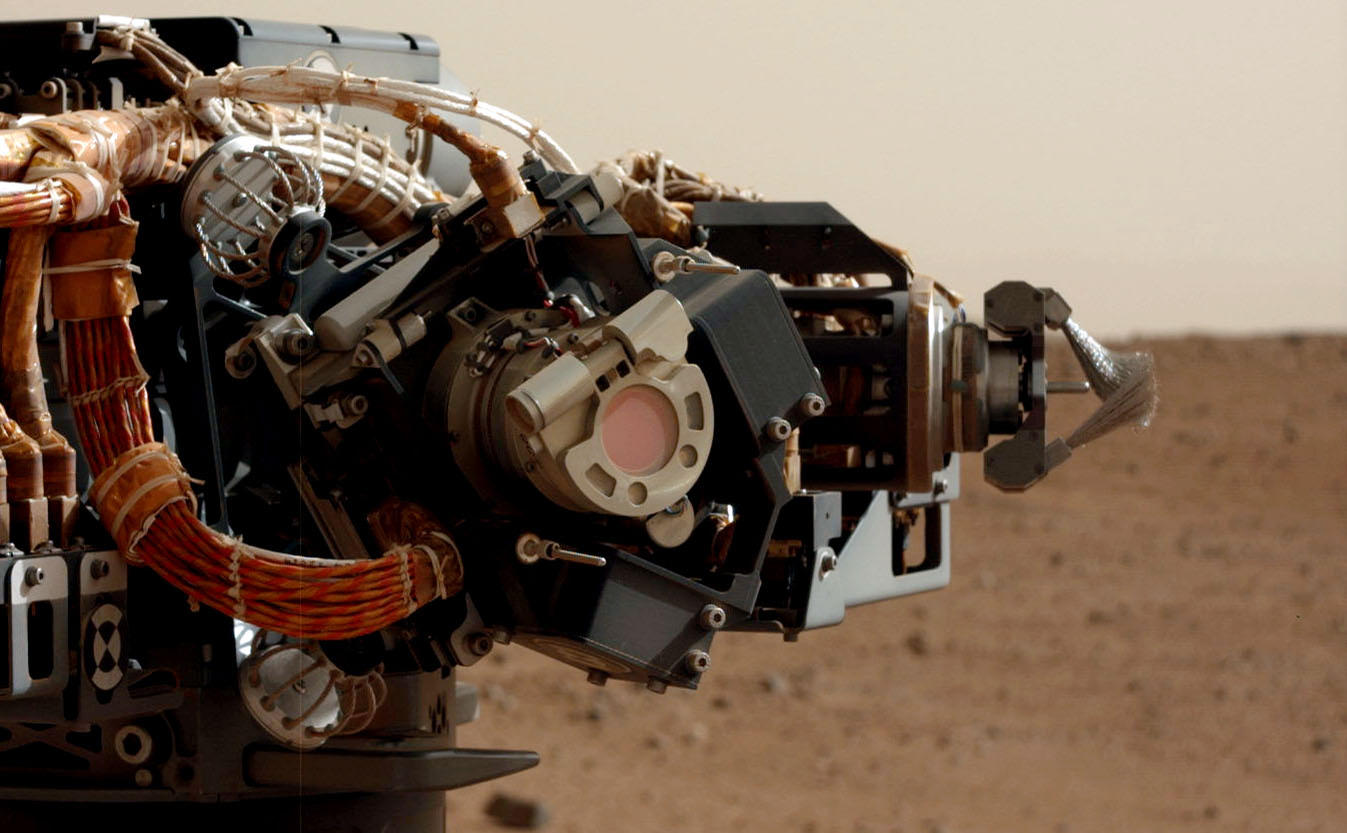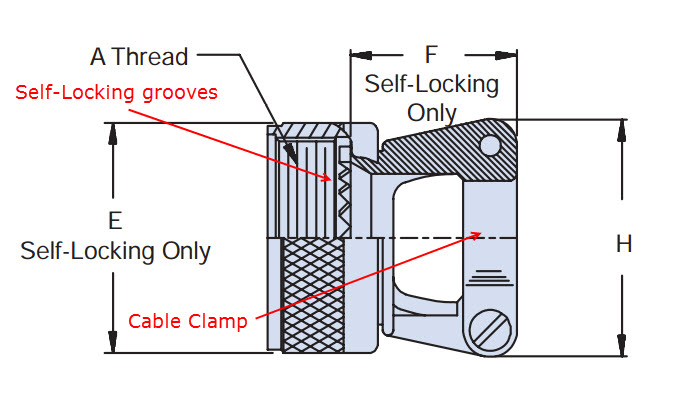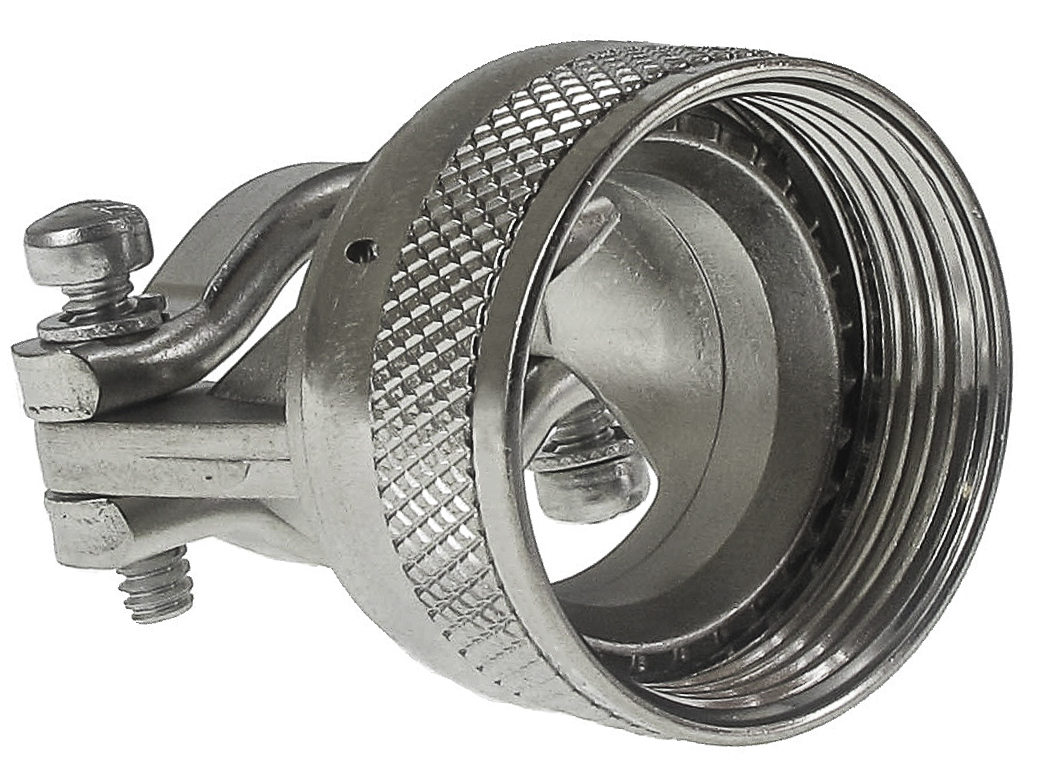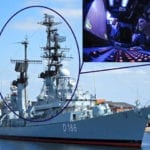Backshell Considerations for Mission-Critical Mil/Aero Applications
Affording backshells the same design process considerations as connector selection can help prevent delays, cost overruns, and premature failures in mission-critical mil/aero applications
Rudy Ramos, Project Manager – Technical Content Marketing, Mouser Electronics
Mil/Aero connectors are designed for a variety of mission-critical, harsh-environment applications, including commercial and military avionics, satellites, and weapons systems. Connector selection is often given much consideration in these applications, but such care is not always afforded to the backshell portion of a connector, which, within the world of circular Mil-Spec connectors, is generally interchangeable with “cable clamp,” “strain relief,” or simply “clamp.” By ignoring this essential part of a connector, engineers can open projects up to potential delays, cost overruns or — even worse — premature connector failure.

Figure 1: Backshells help ensure high-performance connections and long-lifetime performance in mission-critical mil/aero applications like NASA’s Curiosity Mars Rover
Although some Mil-Spec connectors include a backshell (e.g., Amphenol’s MS3116F and MS3106F Series), the vast majority of them require a separate order for the backshell. The issue is not whether all Mil-Spec circular connectors come with backshells, though. The issue is that, all too often, the connectors get all of the design process attention and the backshells become an afterthought.
Connector Backshells
A backshell is the back portion of a connector. It is typically a separate piece that screws or locks onto the connector shell, and most suppliers considered it a connector accessory.
Connector backshells are specifically designed to protect the back portion of a connector shell (plug or receptacle) that houses the contacts to which wires or cable are either crimped or soldered. Backshells may include a cable clamping mechanism (Figure 1) that provides strain relief to the cable or wires to prevent mechanical stress from reaching a connector’s soldered or crimped terminals. Such strain relief ensures a high-performance connection and long-lifetime performance, both of which are essential requirements in mission-critical applications. Connector backshells can also provide sealing protection against harsh environments, electromagnetic interference (EMI), and radio frequency interference (RFI), and can serve as a grounding point for the cable shield drain wire.
 Figure 2: In this diagram of a backshell, self-locking grooves prevent connector rotation and retain its locking ability independent of tension or stress caused by the cables or wires, eliminating the possibility of the connector assembly coming apart.
Figure 2: In this diagram of a backshell, self-locking grooves prevent connector rotation and retain its locking ability independent of tension or stress caused by the cables or wires, eliminating the possibility of the connector assembly coming apart.
Essential Tips for Selecting Mil-Spec Backshells
Engineers must consider the specific interconnect system design or application at hand when selecting a suitable connector backshell. For example, some designs require cables with larger diameters to be terminated in a smaller connector shell size, while others require thick, steel-braided cable or shielding, which in turn requires a longer or more robust cable clamp. Additionally, if many wires in an application need routing, an extender backshell might be necessary.
Engineers also need to consider a backshell’s cable entry dimensions. Some backshells include a grommet or boot that needs to be sized to the outside diameter (OD) of the cable or wire bundle. The cable clamp portion of a backshell can also vary in length to accommodate a large number of wires but this also typically increases the size of the backshell itself. Further, if the wires or cable require a 45° or 90° bend, incorrect backshells can be problematic in applications that also require cabling to be against a bulkhead or a cable service loop.
Small nuances like these might not seem very important, and are frequently overlooked, but the probable impact of this type of oversight can lead to dire consequences, including project delays, increased cost, and even premature connector failure.
In addition to connector shell size, engineers should consider the following when choosing a backshell:
- What are the material/finish specifications fo the mating connector?
- What level of environmental protection is required?
- What level of EMI shielding is required?
- What amount of strain relief is needed to protect the conductor terminations?
- What is the temperature range of the application?
- Is repairability a design requirement?
- Are there any size or shape constraints requirements?
- Can there be any metal, or are reducing weight and preventing corrosion part of the requirements?
Types of Circular Connector Backshells
Backshells are available in many configurations to match any Mil-Spec connector. Common configurations include: strain relief, extender, environmental, EMI/RFI cable sealing, and banding and crimping.
Mil-Spec connectors are typically employed in mission-critical applications and, depending on the application, backshells are available in straight, 45°, and 90° configurations capable of supporting standard connector shell sizes 4 through 48. Backshell configurations can also include a cost-effective cable holding option, have an environmental and non-environmental rating, and offer EMI/RFI protection. For example, Glenair Qwik-Ty® strain reliefs use a tie strap to secure cables or wires, and are offered in M85049/43 (45°), M85049/51 (90°), and M85049/52 (straight) self-locking or non-self-locking features with an optional ground lug.
Backshells are also available in several finishes, including: black anodized, nickel fluorocarbon polymer, olive drab cadmium, zinc nickel, electroless nickel, and pure dense electrodeposited aluminum. The finish on the M85049/2 in Figure 2 is cadmium olive drab over electroless nickel, the combined materials benefits of which provide the part with a 1,000-hour salt spray protection rating.

Figure 3: This M85049/2 backshell clamp from Amphenol Pcd is a cost-effective cable holding option for applications in which environmental protection is not a concern, but reduced weight is a major consideration.
Mil-Spec connectors connect and protect sensitive electronic equipment used in mission-critical applications ranging from commercial and military avionics to unmanned robots and satellites. Backshell clamps not only neatly arrange cables post-termination in these applications, but also provide good strain relief at the termination area, and can even provide environmental, EMI, and RFI protection. So, to avoid making incorrect assumptions that could lead to costly delays and potential product failures during the connector selection process, engineers and buyers should properly consider all of the backshell requirements early in the project.





